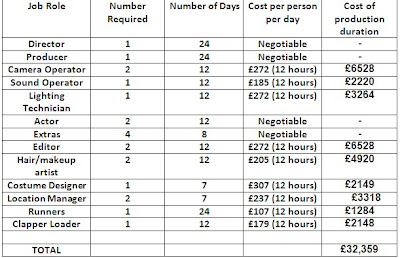IDEA 1










IDEA 2











 Nearly all of the 16-20 category replied in 18-21 as they all said they can relate to it, however, one did say 22-30 as they said they enjoyed watching “PS I love You” and they were elder characters; they liked this because the story line was very mature but still funny and entertaining. Many of 30-50 people had responded to 30-40. Some people had said they like this age group because it’s not too young for them to watch, but it makes them feel younger when they watch it and it is nearer their age, but they’d prefer to watch younger people rather than people their age. I am happy with this result as I know have a much more specific target audience of 16-20 females.
Nearly all of the 16-20 category replied in 18-21 as they all said they can relate to it, however, one did say 22-30 as they said they enjoyed watching “PS I love You” and they were elder characters; they liked this because the story line was very mature but still funny and entertaining. Many of 30-50 people had responded to 30-40. Some people had said they like this age group because it’s not too young for them to watch, but it makes them feel younger when they watch it and it is nearer their age, but they’d prefer to watch younger people rather than people their age. I am happy with this result as I know have a much more specific target audience of 16-20 females.
Idea 1 

























 Idea 3
Idea 3


